OF THE
TIMES
I've had enough of someone else's propaganda. I'm for truth, no matter who tells it. I'm for justice, no matter who it's for or against. I'm a human being first and foremost, and as such I am for whoever and whatever benefits humanity as a whole.
Lots of Ukrainian critical thinkers are headed to Hungary where there is some real leadership. The west will give up all their male Ukrainian...
Anyone that doesn't understand the plan to destroy America is in full swing is in for a big surprise. God help us all, the whole human race.
So if I say Netanyahu is a POS that makes me an anti-semite? I don't give a rat's ass what religion or god he prays to. The man is a cold blooded...
I thought Abbot had more brains than that.
I've been to a "witch wedding" - twas in Salem, MA - there were DEAD fish in the water when the bride said her vows and groom likewise. You want...
To submit an article for publication, see our Submission Guidelines
Reader comments do not necessarily reflect the views of the volunteers, editors, and directors of SOTT.net or the Quantum Future Group.
Some icons on this site were created by: Afterglow, Aha-Soft, AntialiasFactory, artdesigner.lv, Artura, DailyOverview, Everaldo, GraphicsFuel, IconFactory, Iconka, IconShock, Icons-Land, i-love-icons, KDE-look.org, Klukeart, mugenb16, Map Icons Collection, PetshopBoxStudio, VisualPharm, wbeiruti, WebIconset
Powered by PikaJS 🐁 and In·Site
Original content © 2002-2024 by Sott.net/Signs of the Times. See: FAIR USE NOTICE
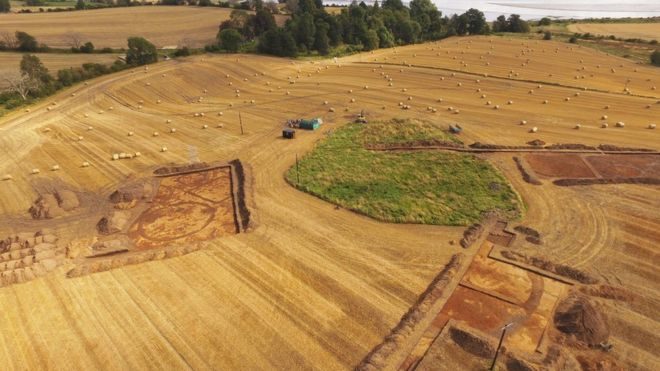
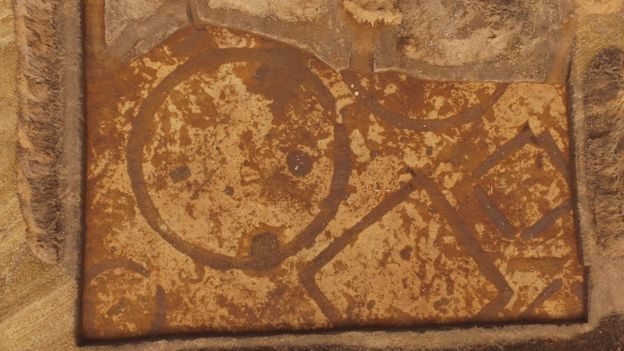
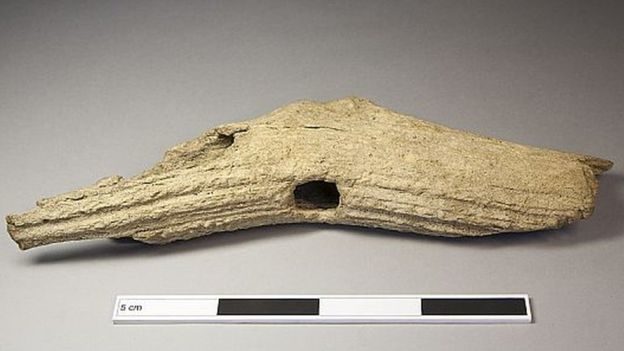
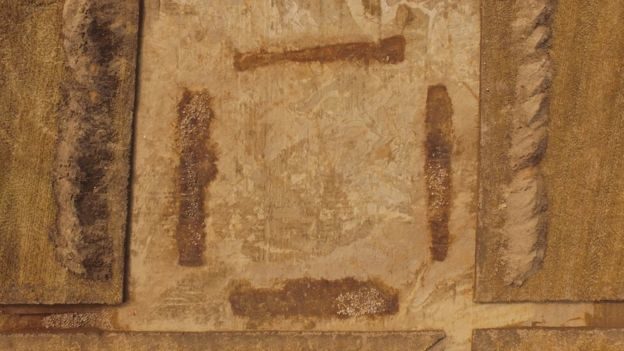
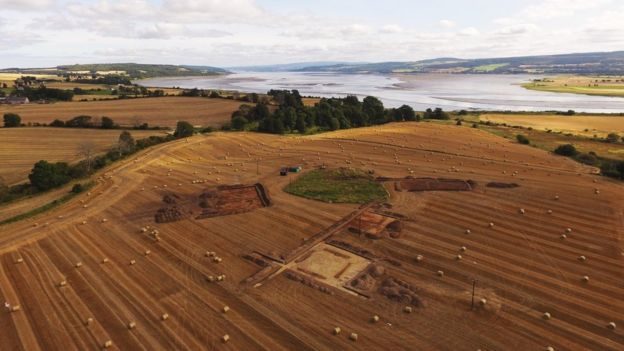
Comment: See also: